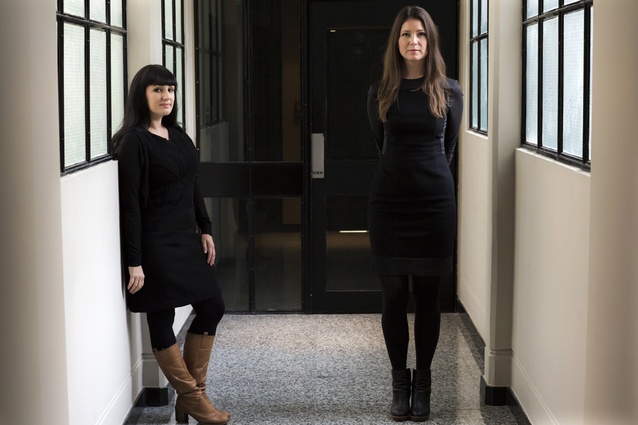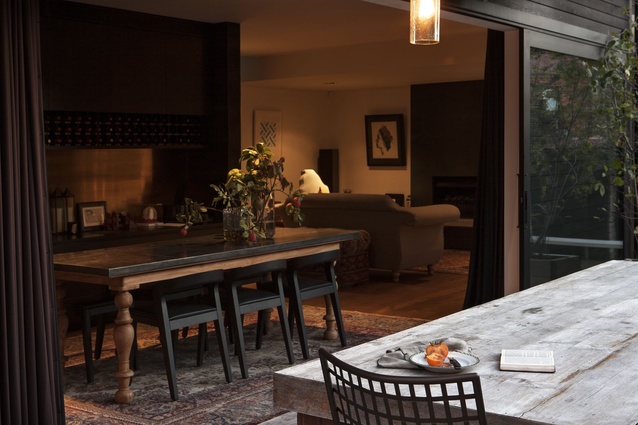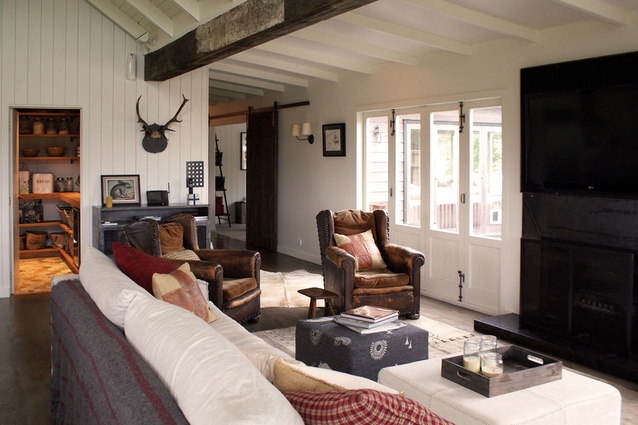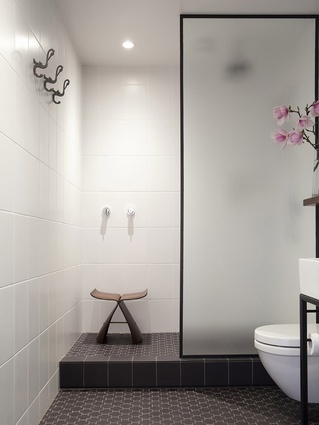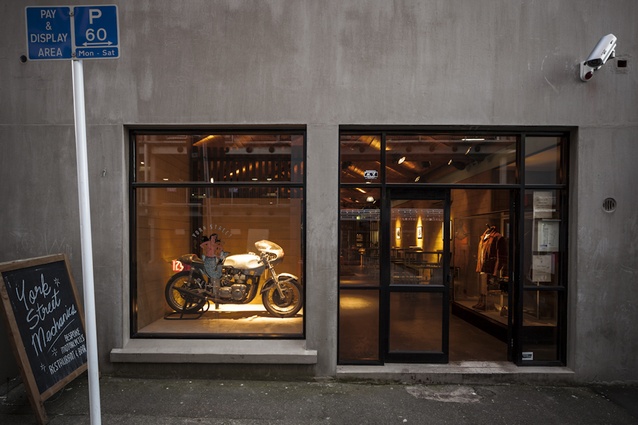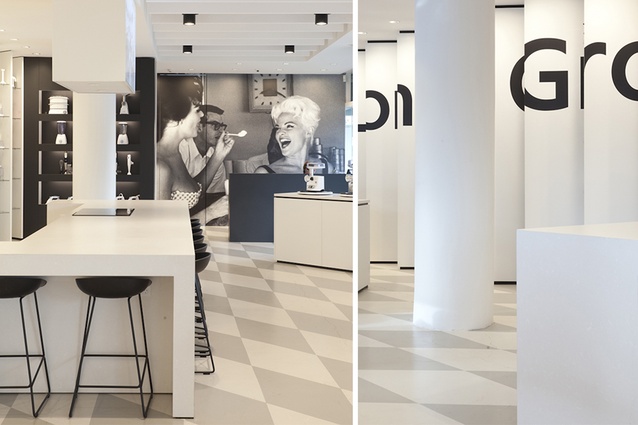Architect profile: Bureaux
Jessica Barter (31) and Maggie Carroll (34) are the creative force behind the Parnell, Auckland, home featured in Urbis issue 81. The pair have been friends since 2001, when they met at the University of Auckland, and started their Auckland-based architecture firm, Bureaux, in 2010. We chatted to the pair about their past, present and future projects.
Urbis: How did you meet and why did you decide to go into business together?
Jessica Barter: We met on my first day at University. Maggie was the ‘big kid’ allocated to my group for orientation day. Years later, we set up a collective studio in High Street, Auckland, where we ran our own companies. In 2010, we formed Bureaux.
Maggie Carroll: Jess has always struck me as a quiet rebel, which I admire. We became the best of friends pretty soon after we set up the collective. Establishing the business was an easy decision; we have a foundation of mutual respect and we’ve always encouraged an open forum between us for critique and debate. We have different ideas and opinions but we have a synergy that’s rare to find.
U: What are you working on at the moment?
JB: We are very fortunate to have a full dance card of clients with spectacular rural sites that we’re designing new homes for in Great Barrier and Waiheke Islands, Queenstown and wider Auckland. In contrast to our residential projects we have a number of hospitality and office fit-outs underway. At the moment, one of my favourite projects is a new headquarters for Coffee Supreme in Christchurch. It is an exciting time to be involved (if only in a small way) in the rebuilding of a city. A few slightly larger commercial projects are in the pipeline too, along with the odd residential alteration.
MC: We design across a broad range of styles and I like that we haven’t restricted ourselves to working within a limited aesthetic sensibility. We believe that the architecture of a building and its interior benefit from a seamlessly tailored approach. Most of our clients approach us because we bring a strong interior focus to each commission.
U: What are your most prized past projects?
JB: One of the first residential projects we worked on, which was a country house in Matakana, will always be a special one for us. It was the first time we were able to work from the macro (architectural) down to the mirco (custom-designing toilet roll holders, gun hooks, furniture and even selecting the bed linen). The clients generously gave us the house to stay in for a weekend. It was a rare experience to enjoy the house as a home.
U: You designed the Parnell home featured in Urbis Issue 81. Tell us a bit about the design brief from the client.
JB: We were really excited to get the design brief for this project. The client – a pilot – has impeccable taste and owns a beautiful collection of artefacts he wanted to house. The brief came with some fairly specific practical requirements you might expect from a pilot, such as a complete light blockout in the bedroom, a beautiful bar and acoustic insulation to the exterior sufficient enough to allow the stereo to be cranked at 3am without waking the neighbours. It was important to us and the client that the finished product was materially rich.
U: Do you think New Zealand architecture has evolved over the past decade?
MC: Yes. We’ve seen significant changes to the New Zealand building code, we’ve been through a recession, a leaky home epidemic and seen the disastrous effects of an earthquake. Our clients are probably more cautious and educated than they have ever been before; they don’t want to cut corners. They want to know the building they are investing in will stand the test of time. For us, this is good, sustainable design.
U: What would be your dream commission?
JB: Working to custom-mould a building to a client’s dreams is a satisfying process. The strength of this relationship I think informs the success of the outcome. One of my most potent architectural experiences was staying at Peter Zumthor’s thermal baths in Vals, Switzerland. The building is so immersive you can’t help but be moved by it. I would relish a similar brief to design a space which celebrates the ceremony and vulnerability of bathing.
MC: I would love to work on a boutique resort; to be able to use the attention to detail of a residential project in a commercial environment and create a ‘home away from home’. That would be an incredible opportunity.

